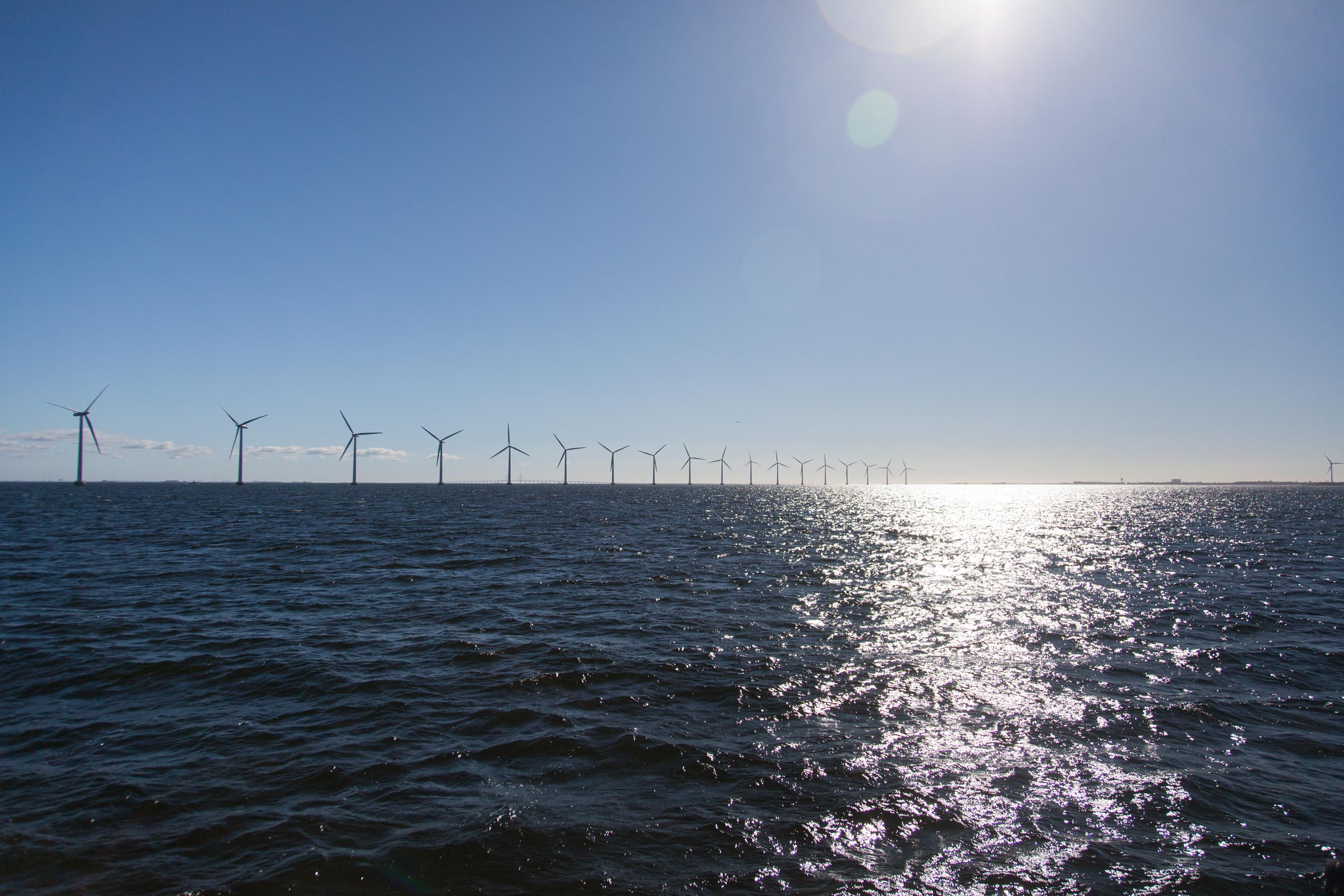22 June 2020
Energy islands: Denmark continues to count big on offshore wind

The Danish government has unveiled a new climate package that aims to cut the country’s emissions by 70% by 2030. The package includes the world’s first creation of artificial energy islands. Denmark is determined that only a green recovery from the COVID-19 pandemic will sustainably re-accelerate its economy.
Already a pioneer and world-leader in wind energy, Denmark will continue to exploit the potential of offshore wind. With a new climate package, adopted by 171 of 179 members of its parliament, Denmark plans to build two giant “energy islands.” The energy islands act as hubs, allowing the connection of several offshore wind farms, distributing power between the countries connected to the island. The project, which will cost up to €37bn, will be the biggest single infrastructure investment in the history of Denmark and the first of its kind worldwide.
The two energy islands – the natural island of Bornholm in the Baltic Sea and an artificial island in the North Sea – will have a total offshore wind power capacity of 5 GW. The islands could therefore triple Denmark’s offshore wind capacity. The artificial North Sea island even has the potential to expand to 10 GW in the long run.
The islands should eventually allow the use of new technologies capable of storing the energy produced by the wind turbines. The Danish government is looking into the possibility to produce renewable hydrogen directly on the islands. Renewable hydrogen, produced from wind energy through electrolysis, has many promising applications. According to the European Commission’s Hydrogen Strategy, renewable hydrogen will also play an important role in decarbonising those sectors that cannot be electrified directly, the so called hard-to-abate sectors like heavy-duty transport and some industrial processes. It also has the potential to help balance the energy system by providing a solution for seasonal storage.
The government said the proposal, which is subject to parliamentary approval, opens a new era in the expansion of offshore wind. Dan Jorgensen, Denmark’s Minister for Climate, underlined the importance for green investments in creating growth and jobs amid the COVID-19 pandemic. He said the island project would be financed through public-private partnerships, with most of the funding coming from private investors.
As another element in its new climate package, which aims to reduce the countries emissions by 70%, Denmark also announced that it will introduce a stricter carbon tax. The details of this tax reform, whose objective is “to make green solutions more attractive” without burdening either the taxpayer or businesses, will be negotiated after the summer. The Danish Climate Council recommends a bold carbon tax of 1500 kroner (€201) per tonne, compared to the current 170 kroner. Furthermore, the agreement will provide significant investments in the development of carbon capture technology and sustainable e-fuels such as renewable hydrogen.
The islands are expected to generate more electricity than Danish households annually consume and the government hopes to export its green power to neighbouring European countries like Poland, Sweden, the Netherlands and Germany. A similar agreement to sell renewable energy output under an EU cooperation agreement in a so-called statistical transfer was recently struck between Denmark and the Netherlands to help the Dutch reach their 2020 renewable energy target. To ensure these electricity transfers, the Bornholm island in the Baltic Sea is earmarked to include a direct connection to Poland. As such, the Danish energy islands might become a truly European energy project.

